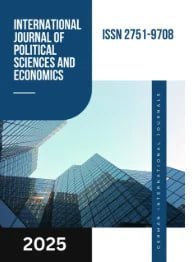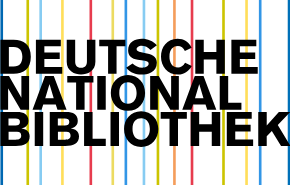DIGITAL TRANSFORMATION IS THE MAIN FACTOR OF MODERN DEVELOPMENT
DOI:
https://doi.org/10.55640/Keywords:
digital transformation, information and communication technologies, artificial intelligence, Big Data, internet technologies, public administration, economic efficiency, global market, innovation, digital solutions, IT infrastructure, information security, cybersecurity, single interactive public services portal, “ One Million Uzbek Coders ”, smart city.Abstract
In today's era of globalization and rapid technological development, digital transformation is becoming a key factor in the development of all sectors of society and the economy. The widespread use of information and communication technologies, innovative solutions such as artificial intelligence, big data, and Internet technologies have become one of the main factors determining global competitiveness. Based on the analysis of advanced practices, the role of the sector in the conditions of Uzbekistan , as well as possible proposals and recommendations, have been developed.
References
1.Castells, M. The Rise of the Network Society. Oxford: Blackwell, 2010.
2.Bell, D. The Coming of Post-Industrial Society. New York: Basic Books, 1999.
3.Schwab, K. The Fourth Industrial Revolution. Geneva: World Economic Forum, 2016.
4.OECD. Digital Government Index 2022: Overview and Key Findings. Paris, 2022.
5.World Bank. Digital Transformation for Sustainable Development. Washington, 2023.
6.UNESCO. Digital Transformation and Education Futures. Paris, 2023.
7.ITU. Global Cybersecurity Index Report. Geneva, 2022.
8.Abdurakhmonov, A. Digital Economy and Innovative Development in Uzbekistan. Tashkent: Fan, 2022.
9.Umarov, M. E-Government and Digital Reforms in Uzbekistan. Tashkent: NMIU, 2023.
10.Government of Uzbekistan. Digital Uzbekistan – 2030 Strategy. Tashkent, 2020.
11.Law of the Republic of Uzbekistan. On Electronic Government. Tashkent, 2020.
Downloads
Published
Issue
Section
License

This work is licensed under a Creative Commons Attribution 4.0 International License.
Authors retain the copyright of their manuscripts, and all Open Access articles are disseminated under the terms of the Creative Commons Attribution License 4.0 (CC-BY), which licenses unrestricted use, distribution, and reproduction in any medium, provided that the original work is appropriately cited. The use of general descriptive names, trade names, trademarks, and so forth in this publication, even if not specifically identified, does not imply that these names are not protected by the relevant laws and regulations.







